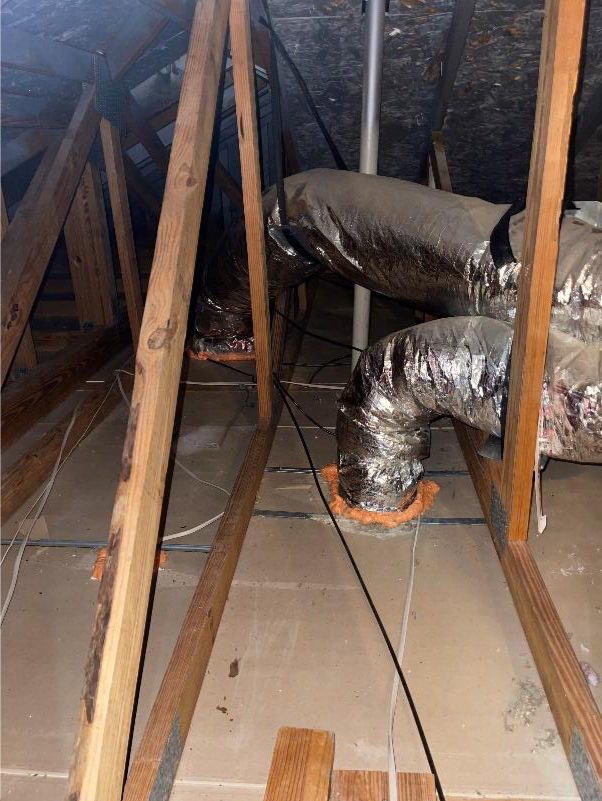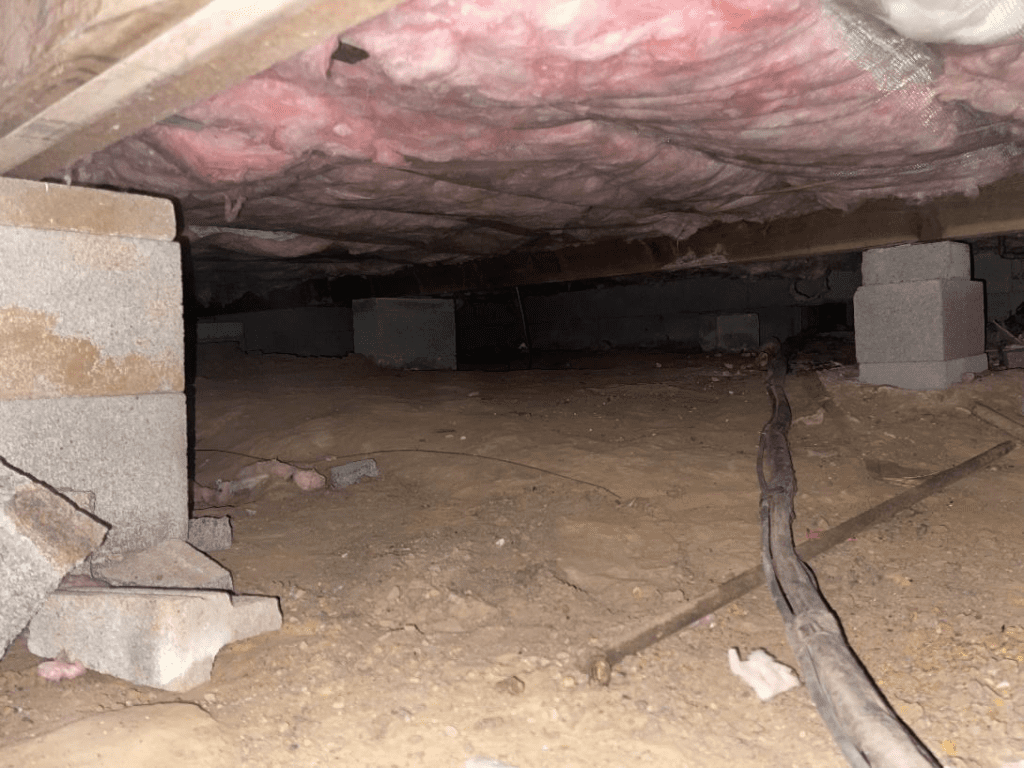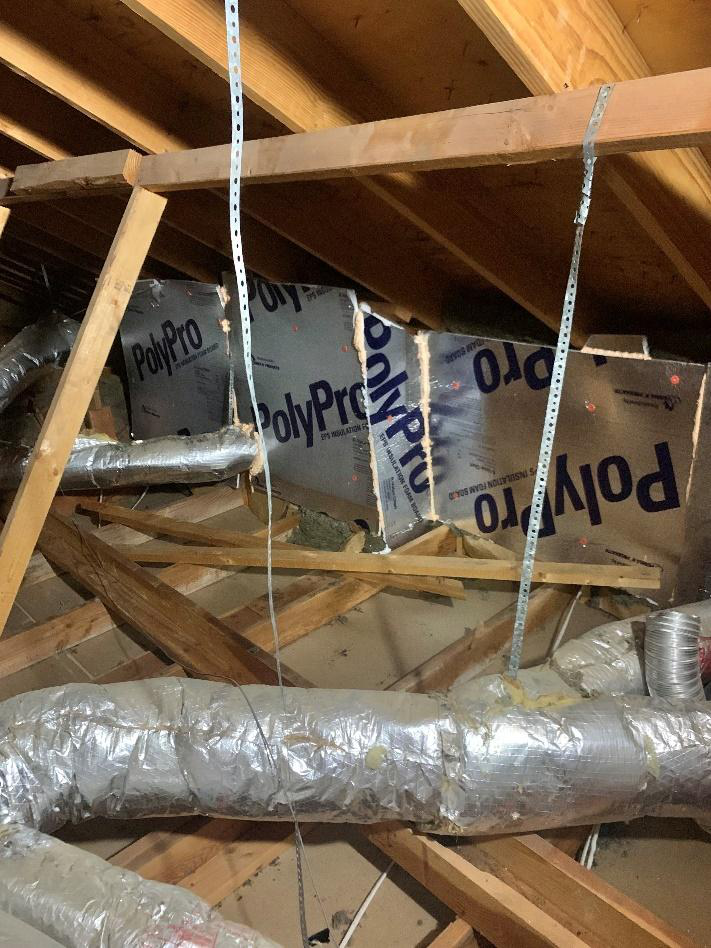When the temperature drops in Texas, it’s time to think about winterizing your home. What better way than to discuss Insulation? While Texas may not be known for its harsh winters, the Lone Star State can still experience chilly temperatures, especially in northern regions.
Ensuring your home is well-insulated is key to staying comfortable and energy-efficient during the colder months. In this comprehensive guide, we’ll delve into the ins and outs of insulation for cold weather, helping you prepare your home for a cozy winter.
Understanding the Importance of Cold Weather Insulation
Insulation is your home’s armor against the elements, and it’s equally important during the winter months as it is in the summer. Proper insulation helps maintain a consistent indoor temperature, prevents heat loss, and keeps cold air from infiltrating your living spaces. The result? A warm, comfortable home, lower energy bills, and reduced environmental impact.

Identifying Cold Spots
Before you start your winterization project, it’s crucial to identify cold spots in your home. These areas are often the culprits behind chilly drafts and increased heating costs. Common cold spots include:
- Windows: Check for gaps or cracks around window frames and consider installing weather stripping or caulk to seal them.
- Doors: Inspect door frames for drafts and consider adding door sweeps or draft stoppers.
- Attic: A poorly insulated attic can be a major source of heat loss. Ensure your attic is adequately insulated to prevent warm air from escaping.
- Basement: Inspect the basement for gaps or cracks that may allow cold air to enter. Properly insulate basement walls to reduce heat loss.
- Exterior Walls: Cold air can seep through poorly insulated exterior walls. Consider adding insulation or upgrading existing insulation to combat this issue.
Insulating Your Home’s Envelope
The “building envelope” refers to the outer shell of your home, including walls, roof, and foundation. Insulating your home’s envelope is a fundamental step in winterizing. Here are some key considerations:
- Wall Insulation: Depending on the age and construction of your home, you may have various options for wall insulation. Common choices include fiberglass, cellulose, and spray foam insulation. Proper wall insulation can significantly reduce heat loss and cold air infiltration.
- Roof Insulation: An inadequately insulated roof can lead to heat escaping through the attic. Consider adding or upgrading attic insulation to keep your home warmer in the winter.
- Floor and Crawl Space Insulation: Insulating floors above unheated crawl spaces or basements can prevent cold air from rising into your living spaces.
- Pipe Insulation: Protecting your plumbing is essential in cold weather. Insulate exposed pipes to prevent freezing and potential burst pipes.

Types of Insulation for Cold Weather
Choosing a suitable insulation material is crucial for adequate winterization. Here are some common types of insulation used to combat cold weather:
- Fiberglass Insulation: Fiberglass insulation is one of the most popular insulation materials. It comes in batts, rolls, or loose-fill forms and is known for its thermal performance. Fiberglass is effective at preventing heat transfer and is relatively cost-effective.
- Cellulose Insulation: Made from recycled paper products, cellulose insulation is eco-friendly. It’s known for its excellent thermal resistance and ability to reduce airflow. Cellulose insulation is often used in attics and walls.
- Spray Foam Insulation: Spray foam insulation offers superior thermal performance and air-sealing capabilities. It can be applied as an expanding foam that fills gaps and crevices, providing excellent insulation. Spray foam is ideal for sealing leaks and is often used in attics, walls, and crawl spaces.
- Radiant Barrier: Radiant barriers are reflective materials installed in attics to reduce heat gain in the summer and heat loss in the winter. They reflect heat away from the home, making them a valuable addition to your winterization strategy.
DIY vs. Professional Insulation Installation
While some insulation projects can be tackled as DIY endeavors, others require professional expertise. Here’s a breakdown of when to DIY and when to call in the experts:
DIY Insulation:
- Weather Stripping: Sealing gaps around windows and doors with weather stripping is a relatively easy DIY task.
- Pipe Insulation: You can insulate exposed pipes using pre-cut foam sleeves or pipe wrap.
- Attic Insulation Inspection: You can inspect your attic for existing insulation and add more if needed.
Professional Insulation Installation:
- Wall Insulation: Adding or upgrading wall insulation typically requires professional installation, which may involve opening walls.
- Crawl Space or Basement Insulation: Properly insulating these areas can be complex and is often best left to professionals.
- Spray Foam Insulation: Due to the specialized equipment and expertise required, spray foam insulation is best installed by professionals.
Even though the DIY tasks seem pretty easy on paper, it is worth calling in the professionals for such tasks. Professional insulation contractors have the knowledge and tools to ensure insulation is installed correctly, maximizing its effectiveness.
Tips for Winterizing Your Home
Consider starting with a home energy audit conducted by a professional. They can pinpoint areas where your home may be losing heat and recommend insulation improvements. Additionally, take the time to seal any leaks or gaps in your ductwork to prevent the wasteful loss of heated air, ensuring it efficiently reaches your living spaces.
When it comes to windows, especially if you require replacements, opt for energy-efficient choices such as double- or triple-pane windows with low-emissivity (Low-E) coatings to minimize heat loss. Don’t forget the importance of regular insulation maintenance; insulation can settle or degrade over time, diminishing its effectiveness.
Address any issues promptly to keep your insulation performing optimally. Lastly, explore government incentives and rebates for energy-efficient home upgrades – you might be eligible for financial assistance when improving your insulation.
Preparing your home for winter by focusing on insulation is a smart investment in comfort and energy savings. Whether tackling small DIY projects or planning extensive insulation upgrades, a well-insulated home is the key to staying warm and cozy during the colder months. With the right insulation choices and professional assistance when needed, you can enjoy a winter season that’s comfortable, energy-efficient, and cost-effective.
Get Started with Elite Insulation Specialist
At Elite Insulation Specialist, we understand the importance of having an impeccable insulation system within your home, especially during the winter. As a reliable and experienced insulation contractor in Mansfield, TX, we offer the following services:
Get in touch with us for more details.


